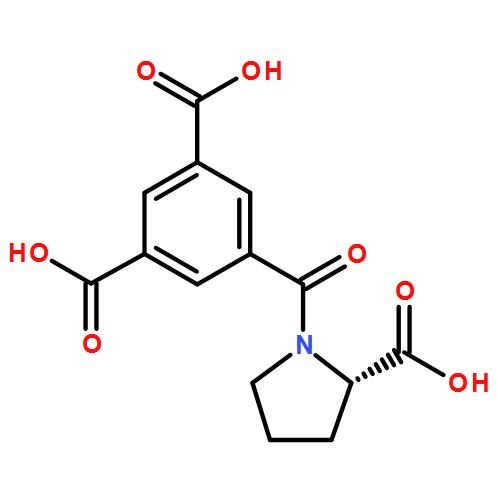Co-reporter: Zhong-Xuan Xu, Yu-Lu Ma, Yu Xiao, Lei Zhang, and Jian Zhang
pp: 5901
Publication Date(Web):November 5, 2015
DOI: 10.1021/acs.cgd.5b01359
Eight novel three-dimensional homochiral helical metal–organic frameworks (HHMOFs), namely, [Cd3((S)-PIA)2(PPA)(H2O)2]n (1-L), [Cd3((R)-PIA)2(PPA)(H2O)2]n (1-D), [Cd4((R)-PIA)3(DPP)4(H2O)4]n (2-D), [Cd1.5((S)-PIA)(4,4′-DIB)2]n (3-L), [Cd1.5((S)-PIA)(DPEE)1.5]n (4-L), [Cd1.5((R)-PIA)(DPEE)1.5]n (4-D), [Cd1.5((S)-PIA)(DPEA)1.5]n (5-L), and [Cd1.5((S)-PIA)(DPEA)1.5]n (5-D) (H3PIA = 5-(2-carboxypyrrolidine-1-carbonyl) isophthalic acid) have been synthesized using proline-derived ligands ((S)-H3PIA and (R)-H3PIA). Crystallographic analysis indicates that all the complexes contain homochiral left- and/or right-handed helical chains, which are constructed by PIA fragments and Cd(II) ions. Meanwhile, in these complexes nitrogen heterocycle auxiliary ligands play an important role in structural diversity. Some physical characteristics, such as thermal stabilities, solid-state circular dichroism, and photoluminescent properties, are also investigated. Our results highlight an effective method to apply proline ligands to construct interesting HHMOFs.
